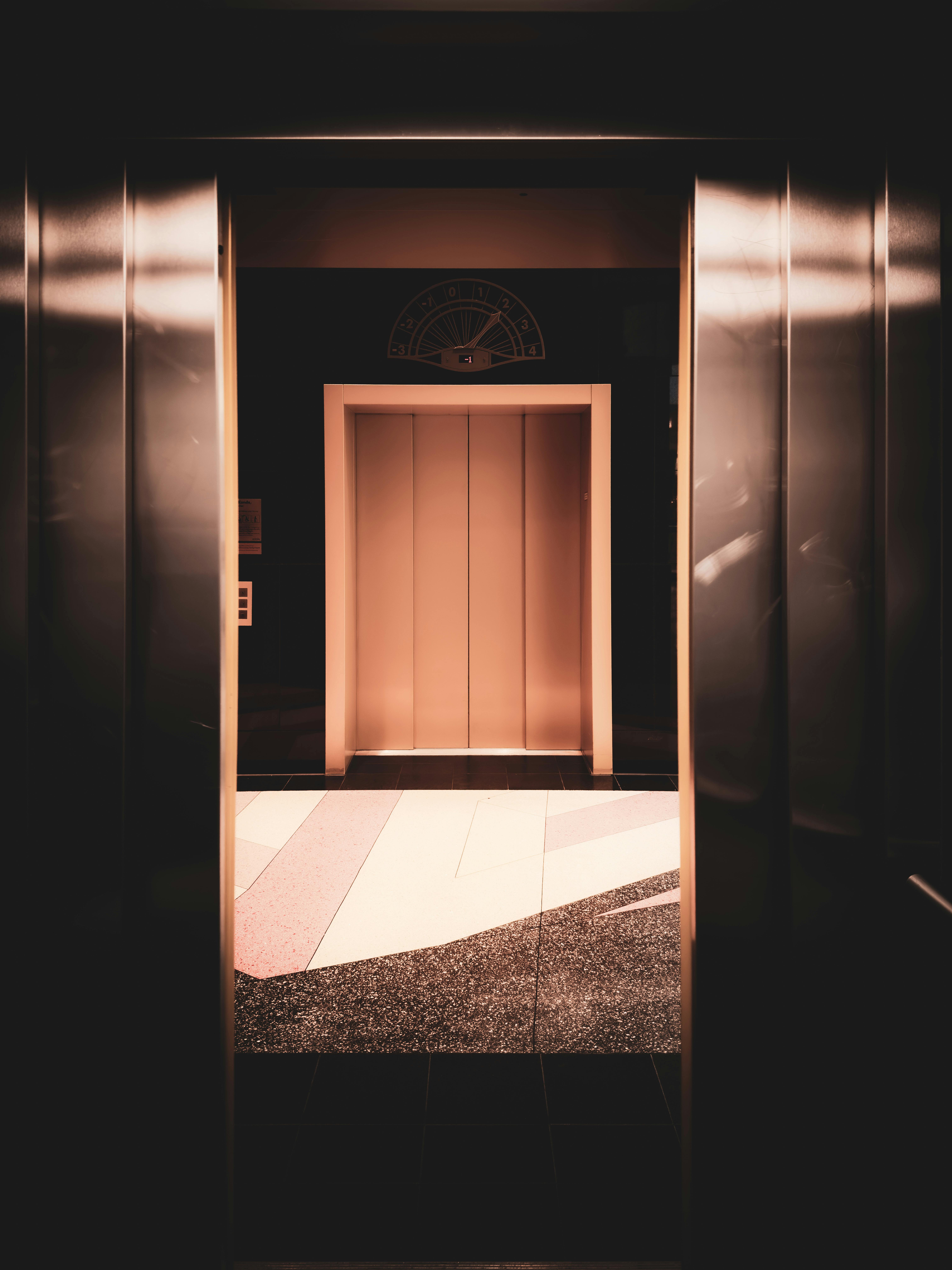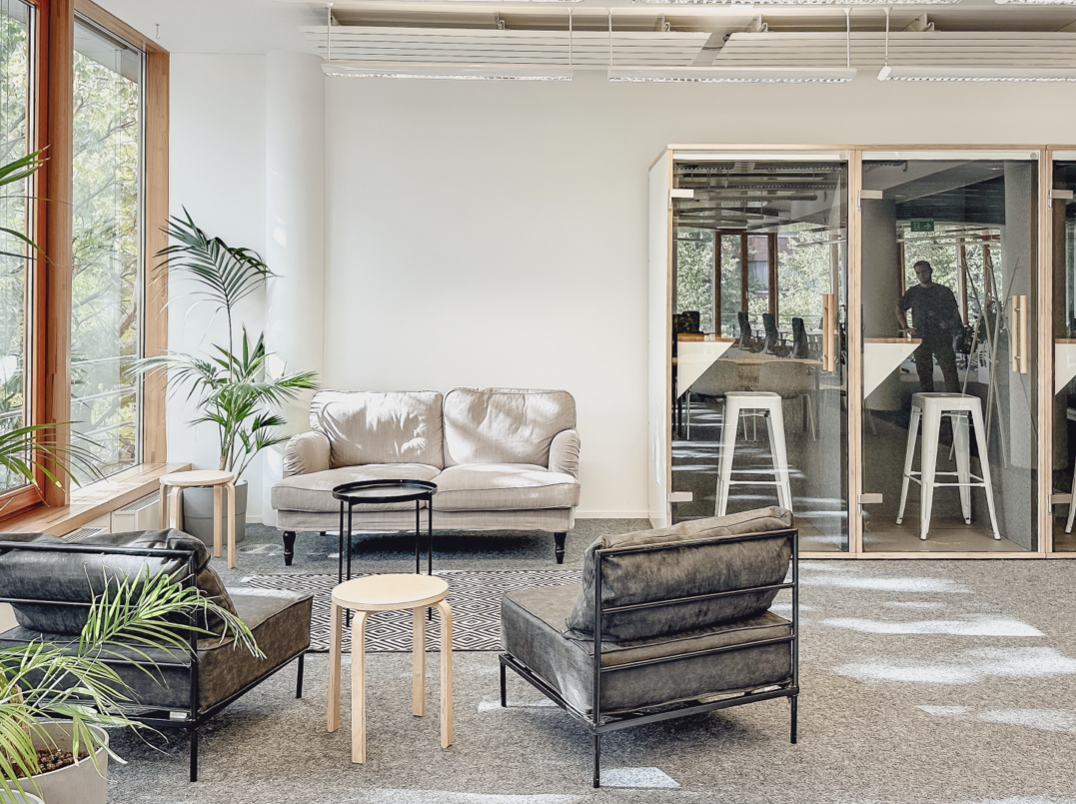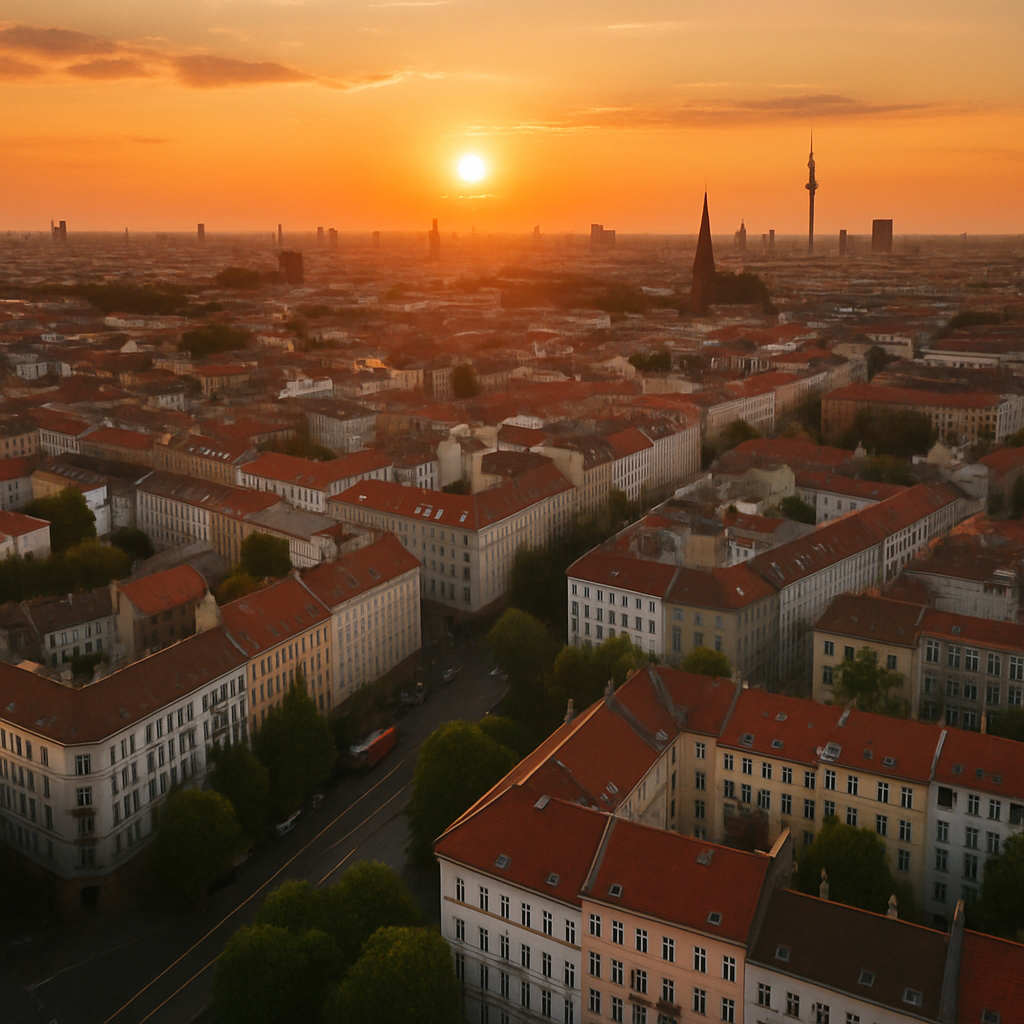
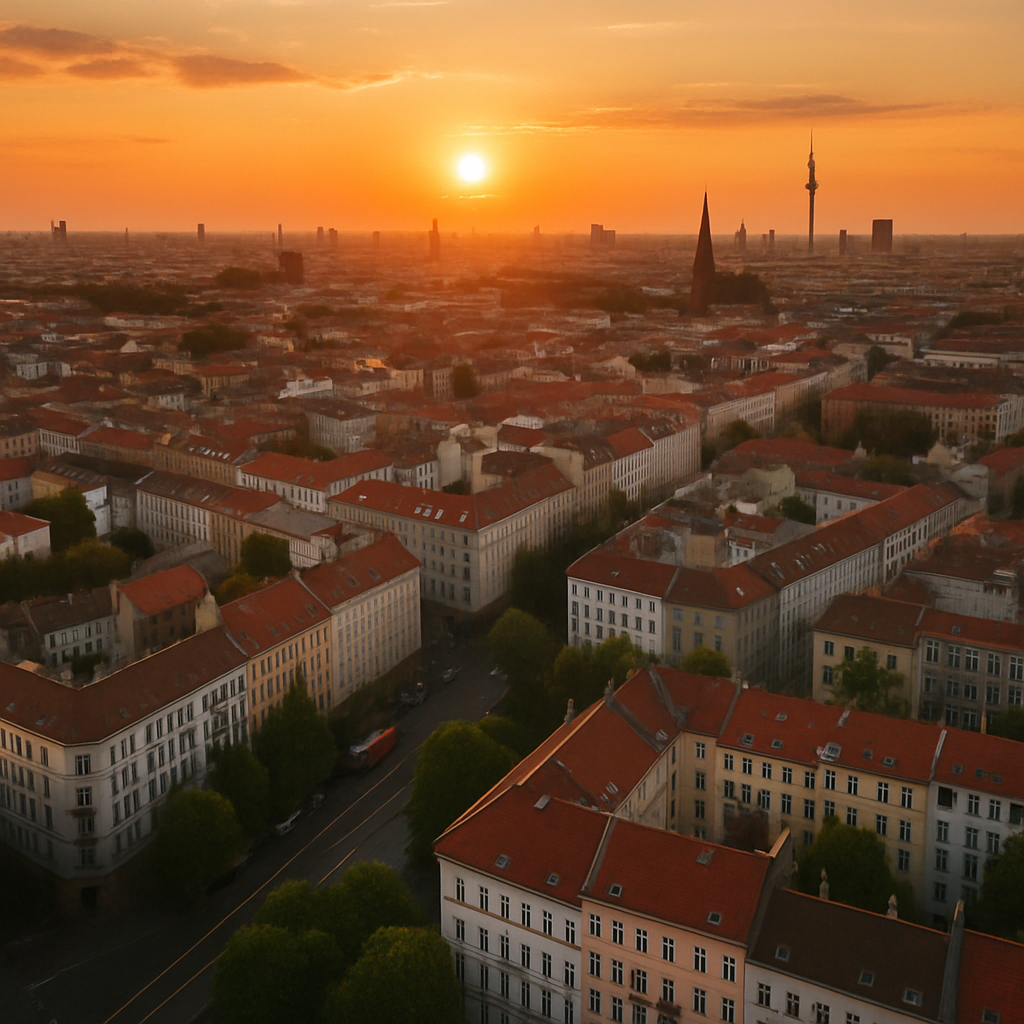
Berlin's Kreuzberg district is a vibrant tapestry of history, culture, and innovation. Known for its artistic vibe and dynamic community, Kreuzberg has become a magnet for creatives and entrepreneurs alike. But what is it about this district that makes it so special? To understand that, we need to delve into its rich history and evolution.
The Origins of Kreuzberg
Kreuzberg's story begins in the early 19th century when it was first established as a separate district. The name "Kreuzberg" is derived from the Kreuzberg Hill, a 66-meter high hill in Viktoriapark that served as a popular picnic spot. The hill itself was named after the Iron Cross monument erected in 1821 to commemorate the Prussian victories during the Napoleonic Wars.
The Rise of Industry
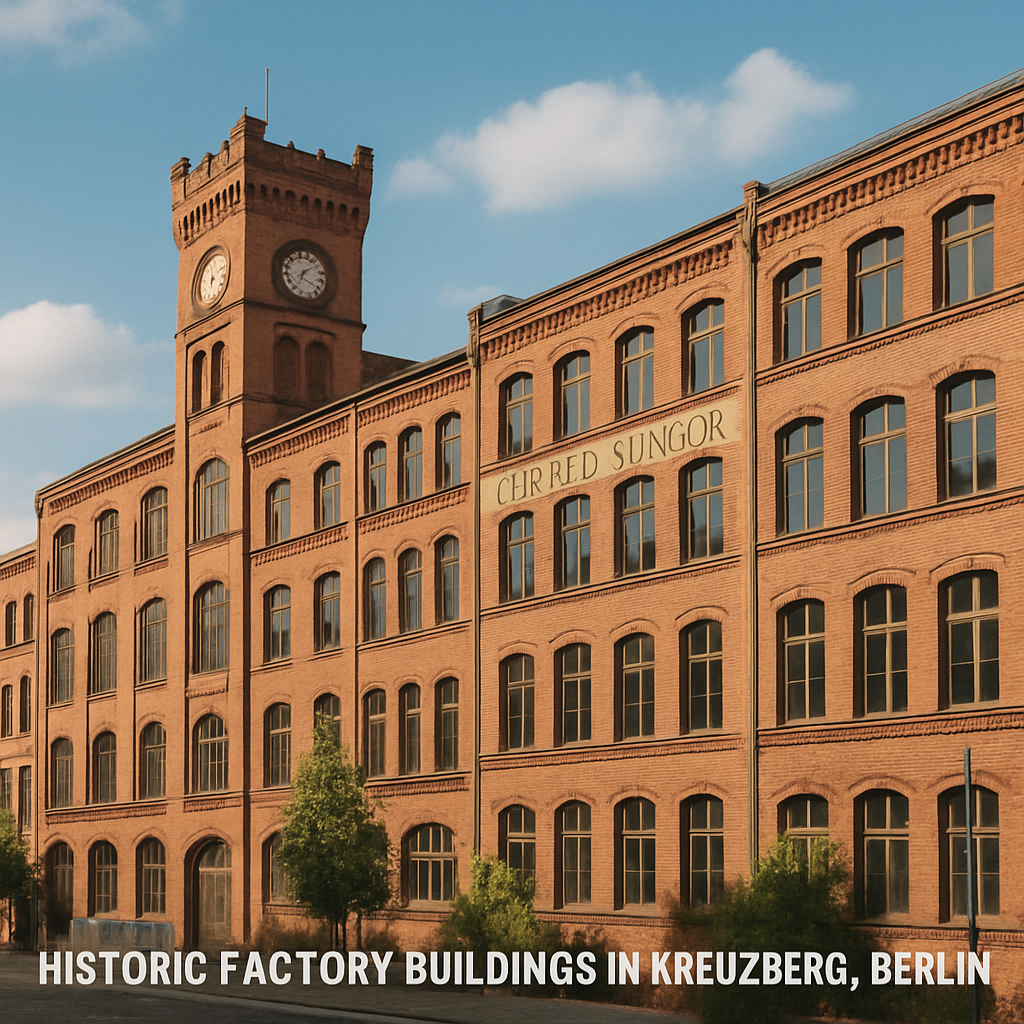
During the late 19th and early 20th centuries, Kreuzberg evolved into an industrial hub. Factories and warehouses sprouted up, and the area became a working-class neighborhood. This industrial growth laid the groundwork for Kreuzberg's unique character, blending a gritty, urban feel with diverse communities.
Post-War Changes and the Divided City
World War II brought significant changes to Berlin, and Kreuzberg was no exception. Much of the city, including Kreuzberg, was heavily bombed, leaving a legacy of destruction that would shape its future. After the war, Berlin was divided, with Kreuzberg located in West Berlin, right next to the Berlin Wall.
The Wall and Its Impact
The Berlin Wall's construction in 1961 had a profound impact on Kreuzberg. The district became isolated, leading to economic decline and population loss. However, this isolation also fostered a unique sense of community and resilience. Kreuzberg became a haven for immigrants, artists, and activists who sought affordable living and creative freedom.
The Cultural Renaissance
The 1970s and 1980s marked a turning point for Kreuzberg. The district began to attract a diverse mix of residents, including students, artists, and political activists. This influx of creative energy led to a cultural renaissance, with Kreuzberg becoming a hub for alternative culture and political movements.
A Bohemian Paradise
Kreuzberg's bohemian atmosphere attracted a wide array of subcultures, from punk rockers to squatters. The district became synonymous with counterculture, and its streets buzzed with artistic expression and political activism. This period cemented Kreuzberg's reputation as a place where creativity thrived, and new ideas were born.
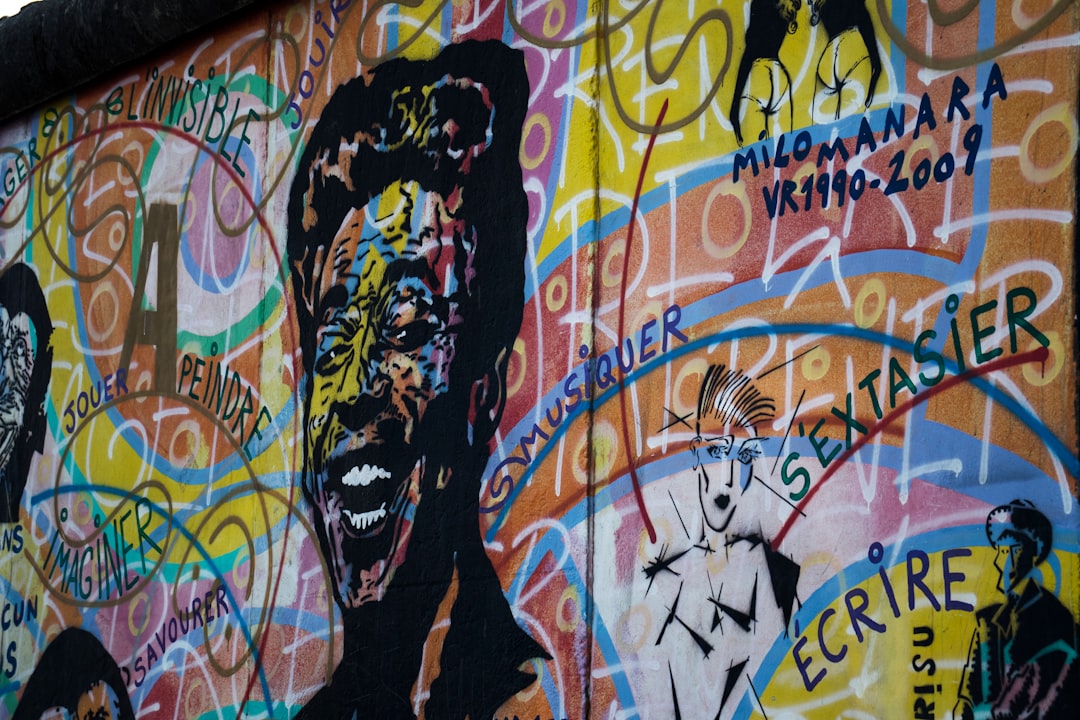
by George Tasios (https://unsplash.com/@george_tasios)
The Modern Era: Startups and Innovation
As Berlin reunited and the Wall fell in 1989, Kreuzberg faced yet another transformation. The district began to gentrify, with old factories and warehouses repurposed into lofts, galleries, and offices. Kreuzberg's gritty charm combined with its central location made it a prime spot for startups and creative industries.
The Startup Scene
Today, Kreuzberg is at the heart of Berlin's thriving startup ecosystem. With its affordable office spaces and vibrant community, it has become a magnet for entrepreneurs and tech companies. The district's unique mix of old and new, tradition and innovation, creates an inspiring environment for startups to flourish.
Kreuzberg's Ongoing Evolution
Despite its modernization, Kreuzberg remains true to its roots. The district continues to celebrate its multicultural heritage and artistic spirit. Street art adorns its walls, and cultural festivals bring together people from all walks of life. Kreuzberg's evolution is a testament to its ability to adapt while preserving its unique identity.
The Future of Kreuzberg
Looking ahead, Kreuzberg's future appears as dynamic as its past. The district is poised to remain a key player in Berlin's cultural and economic landscape. As it continues to evolve, Kreuzberg will undoubtedly face challenges, such as balancing growth with preserving its character. However, its history of resilience suggests that Kreuzberg will continue to thrive.
Conclusion
Berlin's Kreuzberg district is a living testament to the power of transformation and community. From its industrial beginnings to its status as a cultural and entrepreneurial hub, Kreuzberg's history is one of adaptation and creativity. Whether you're exploring its vibrant streets, engaging with its startup scene, or simply soaking in its bohemian atmosphere, Kreuzberg offers a unique glimpse into Berlin's past and future.
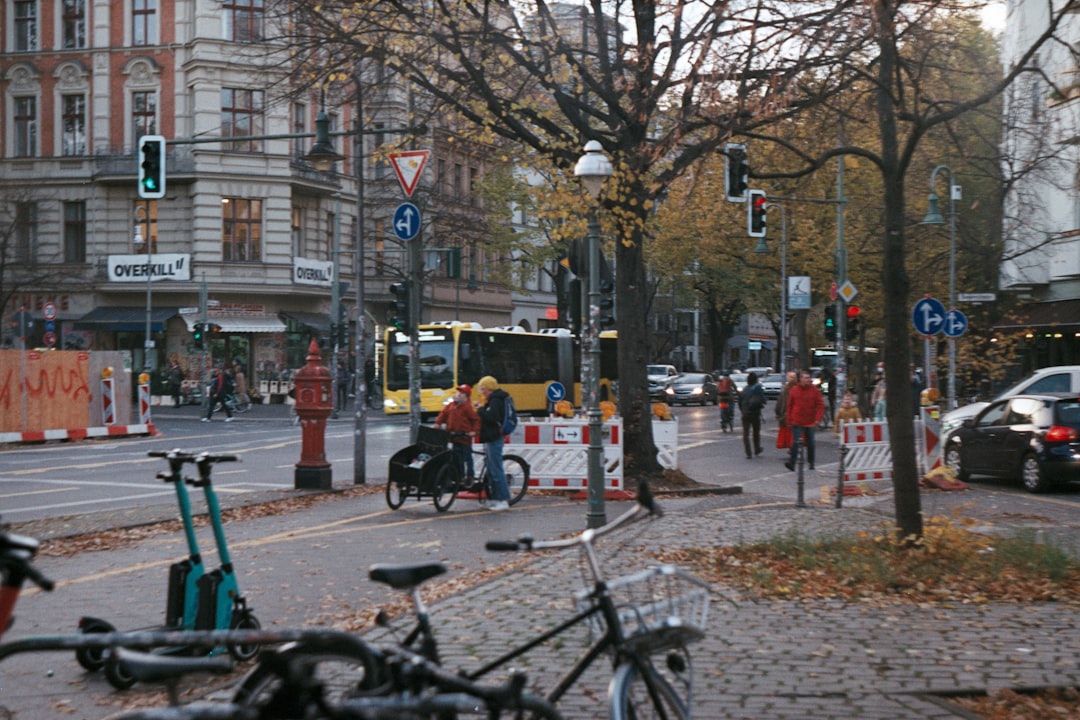
Kreuzberg's story is far from over, and as it continues to evolve, it will undoubtedly inspire generations to come. Whether you're a visitor or a local, Kreuzberg invites you to be part of its ongoing journey—a journey that celebrates diversity, creativity, and resilience.




